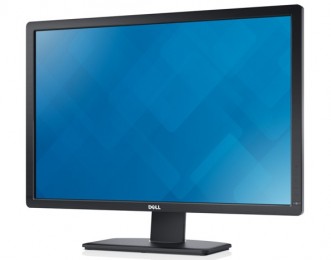Imagination Technologies and Chips&Media announced a collaboration to bring IP solutions for GPU and Video Codecs to customers worldwide.
The partners claim they’re ensuring that Imagination GPU IP and Chips&Media Video Codec IP is available as “integrated and tested solutions” that work together to provide system-level benefits, including a range of compression technologies, such as Imagination’s PVRIC lossless compression.
The IPs are designed around compatible formats and drivers and will enable customers to use best in class technology while removing concerns over incompatibility.
Nigel Leeder, EVP PowerVR, Imagination Technologies, said: “By providing best-in-class IPs from two of the leaders in multimedia technology we can bring to market solutions that significantly benefit our mutual customers. There are a wide range of devices where the combination of advanced graphics and video at up to UHD resolutions are key requirements. We are excited to be working together with Chips&Media to ensure customers get the best choice of IP without further complex integration work.”
Steve SangHyun Kim, CEO, Chips&Media, says: “It’s perfectly possible today to pick up a bundle of GPU and Video Codec IP from a single vendor, but the cost is a compromise in product quality as no single vendor has best-in-class video and GPU IP. Working together Chips&Media and Imagination can deliver a powerful and differentiated IP package that excels in both GPU and video. We are delighted to be working with Imagination to deliver the solution the market wants.”
Let’s face it square on. You can’t have a proper press release unless it includes “best in class” – the teacher’s pet.
Chips&Media Video Codec IP covers all major standards (MPEG-2, MPEG-4, DivX, H.263, Sorenson, H.264, RV, VC-1, VP8, AVS, AVS+, HEVC / H.265, VP9 and AV1) at up to UHD resolutions. Imagination GPUs are designed for up to UHD UI, advanced gaming and apps, and are based on TBDR (tile based deferred rendering), a high-efficiency rendering approach unique to PowerVR.









